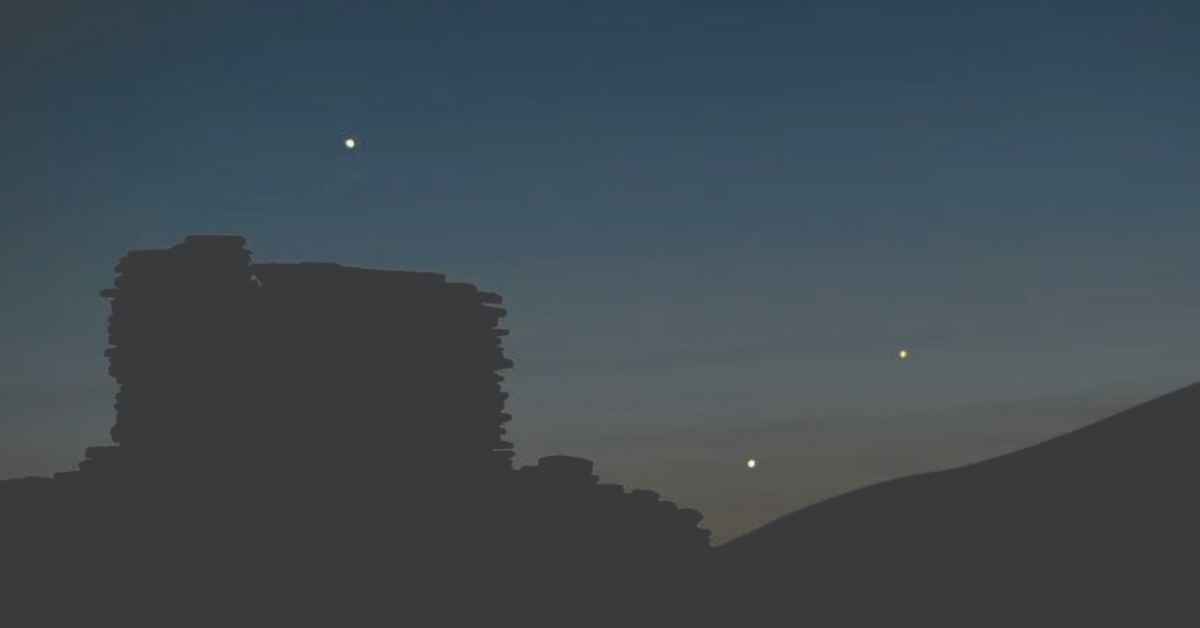“One in 396 Billion Years”? Debunking the ‘Planetary Alignment’ on January 25
This arrangement makes occasional alignments visible but doesn’t make them unusual or infrequent.

Social media is abuzz with claims that January 25 will bring a “once-in-396 billion years” planetary alignment, but this is not the case.
The event is nothing out of the ordinary, as planetary alignments are common.
This month, four planets are visible to the naked eye, and by February, five will be visible.
While the phenomenon is often referred to as a “planet parade,” it’s not a rare or unique occurrence, but rather a regular celestial display.
What is a “Planet Parade”?
A “planet parade” is when multiple planets appear together in the night sky.
While Uranus and Neptune are too distant to be seen without a telescope, Jupiter, Venus, and Mars will shine brightly over the coming months.
With Saturn and Mercury also visible, viewers can easily spot four or five planets.
Why Isn’t it an Alignment?
The idea of a rare alignment is misleading. Planets in our solar system are always roughly aligned along the same plane, called the ecliptic, which is the path the Sun and Moon follow across the sky.
This arrangement makes occasional alignments visible but doesn’t make them unusual or infrequent.
The alignment seen on January 25 is simply another instance of this natural configuration.
Visibility of the planets depends on their position relative to the Sun, which can sometimes cause them to be hidden by sunlight or be visible from Earth at night.
Thus, planetary alignments are not uncommon, and this one is no exception.
